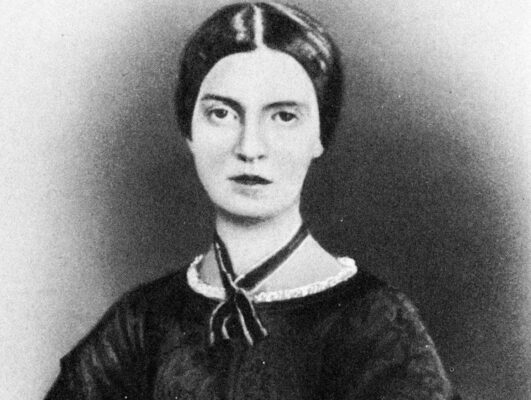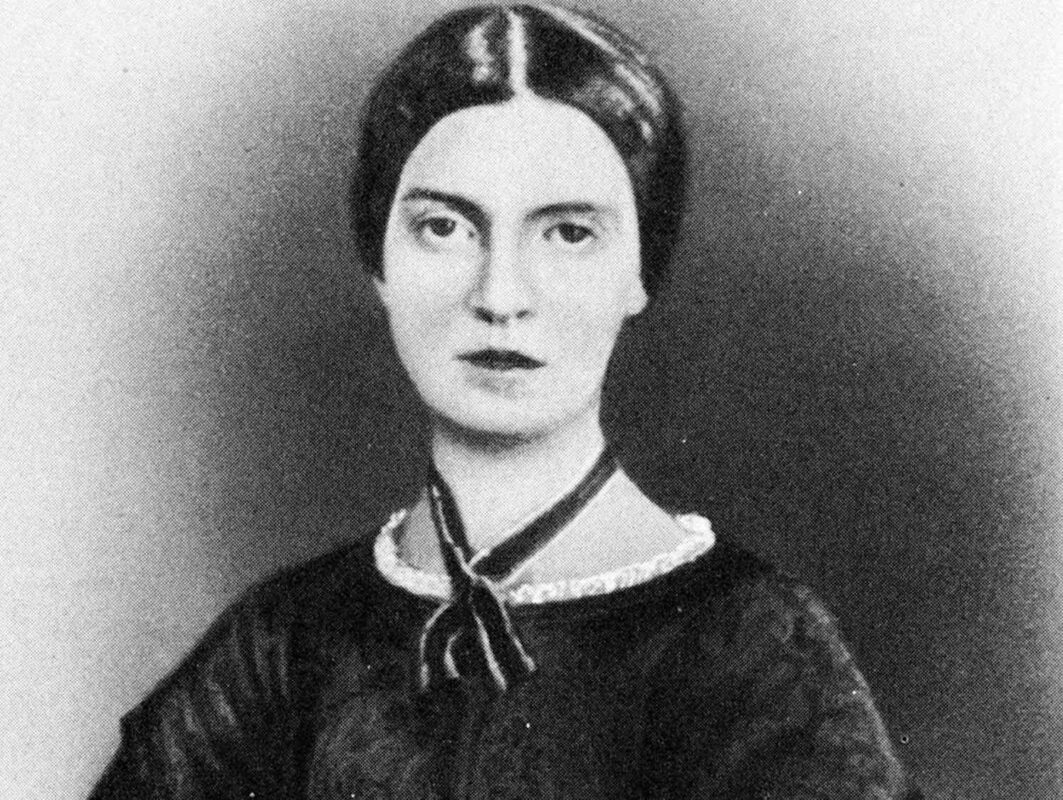Emily Dickinson: A Life in Lines
Early Life and Education:
- Born into a prominent family in Amherst, Massachusetts on December 10, 1830.
- Attended Amherst Academy for seven years, excelling in academics and showing early signs of literary talent.
- Briefly enrolled at Mount Holyoke Female Seminary but returned home after a year, possibly due to her reserved nature and dislike for strict rules.
Life in Reclusion:
- Lived at her family’s homestead in Amherst for most of her life, rarely venturing out except for walks in the surrounding gardens.
- This self-imposed seclusion fueled speculation about her life and personality, contributing to her enigmatic legacy.
- Despite isolation, maintained vibrant relationships through extensive correspondence with friends and family, many of whom became confidantes and readers of her work.
Poetic Journey:
- Began writing poetry in her teenage years, composing over 1,800 poems throughout her life.
- Developed a unique and innovative style, characterized by:
- Short, concise lines with unexpected dashes and slant rhymes.
- Exploration of profound themes like mortality, immortality, nature, and faith.
- Use of metaphors and symbolism to create complex and evocative imagery.
- Only a handful of her poems were published during her lifetime, often with edits that did not reflect her original style.
Legacy and Recognition:
- Died on May 15, 1886, at the age of 55.
- After her death, her sister Lavinia discovered the vast collection of poems hidden in Emily’s room.
- These poems were gradually published, gaining critical acclaim and securing Emily’s place as one of the most influential American poets.
- Today, Dickinson is considered a master of language and form, her work praised for its originality, emotional depth, and enduring power.

Further Exploration:
- Numerous biographies and critical studies delve deeper into Dickinson’s life and work.
- The Emily Dickinson Museum in Amherst offers a window into her home and creative space.
- Several online resources provide access to her complete poems and letters.
Remember:
- This is just a brief overview. Several aspects of Emily Dickinson’s life and work remain subject to interpretation and analysis.
- I encourage you to explore further and discover the complexities and wonders within her lines.
Feel free to ask any specific questions you might have about Emily Dickinson or her poetry!

